Inside Llewyn Davis: A Melancholic Masterpiece by the Coen Brothers
The Coen brothers’ new film, a departure from their beloved dark comedies and satire, may strike some as tedious and bleak. However, its melancholic atmosphere is beautifully rendered, and its sense of hopelessness is not entirely fatal – the music provides a lifeline.
Set in early 1960s New York City, “Inside Llewyn Davis” follows Llewyn Davis, a folk singer and guitarist grappling with the recent loss of his musical partner. In his quest for recognition, Llewyn navigates the Greenwich Village folk scene, playing gigs in smoky bars, recording radio performances, and cutting a record. Yet, every attempt to establish himself in the music world ends in disappointment. Penniless, homeless, and even coatless, the struggling musician embarks on a risky road trip to Chicago in search of a music producer, only to find himself further disillusioned with himself and the world around him.
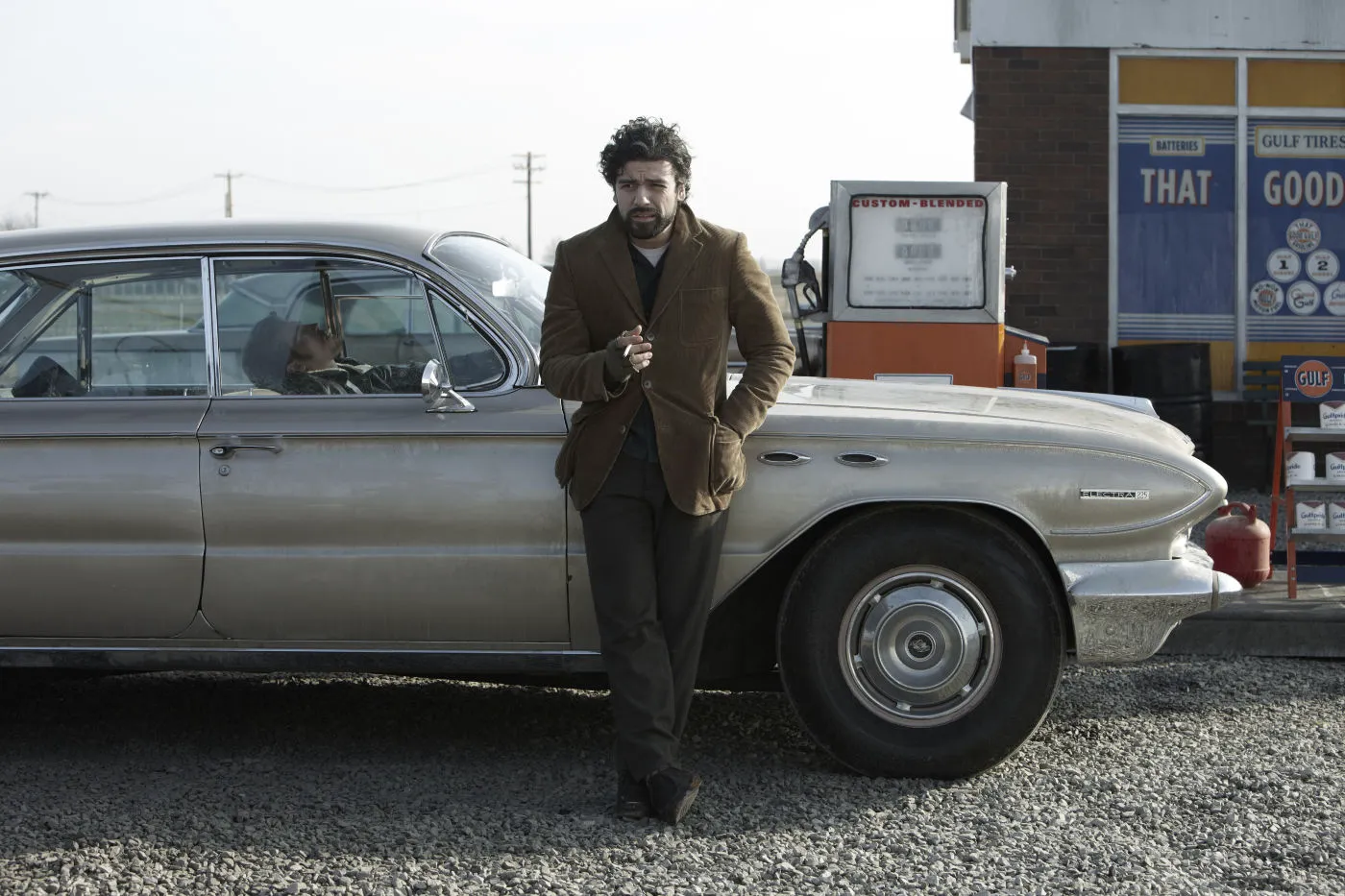
Each new film from Ethan and Joel Coen is met with anticipation from both audiences and critics alike. Their distinctive visual style, sharp dialogue, and talent for directing actors have become their trademarks. “Inside Llewyn Davis,” however, might prove to be a divisive film, a pebble in the shoe that doesn’t quite fit into the brothers’ seemingly familiar universe. While it bears the hallmarks of a Coen brothers’ film, it also feels unlike anything they’ve done before, making it all the more intriguing.
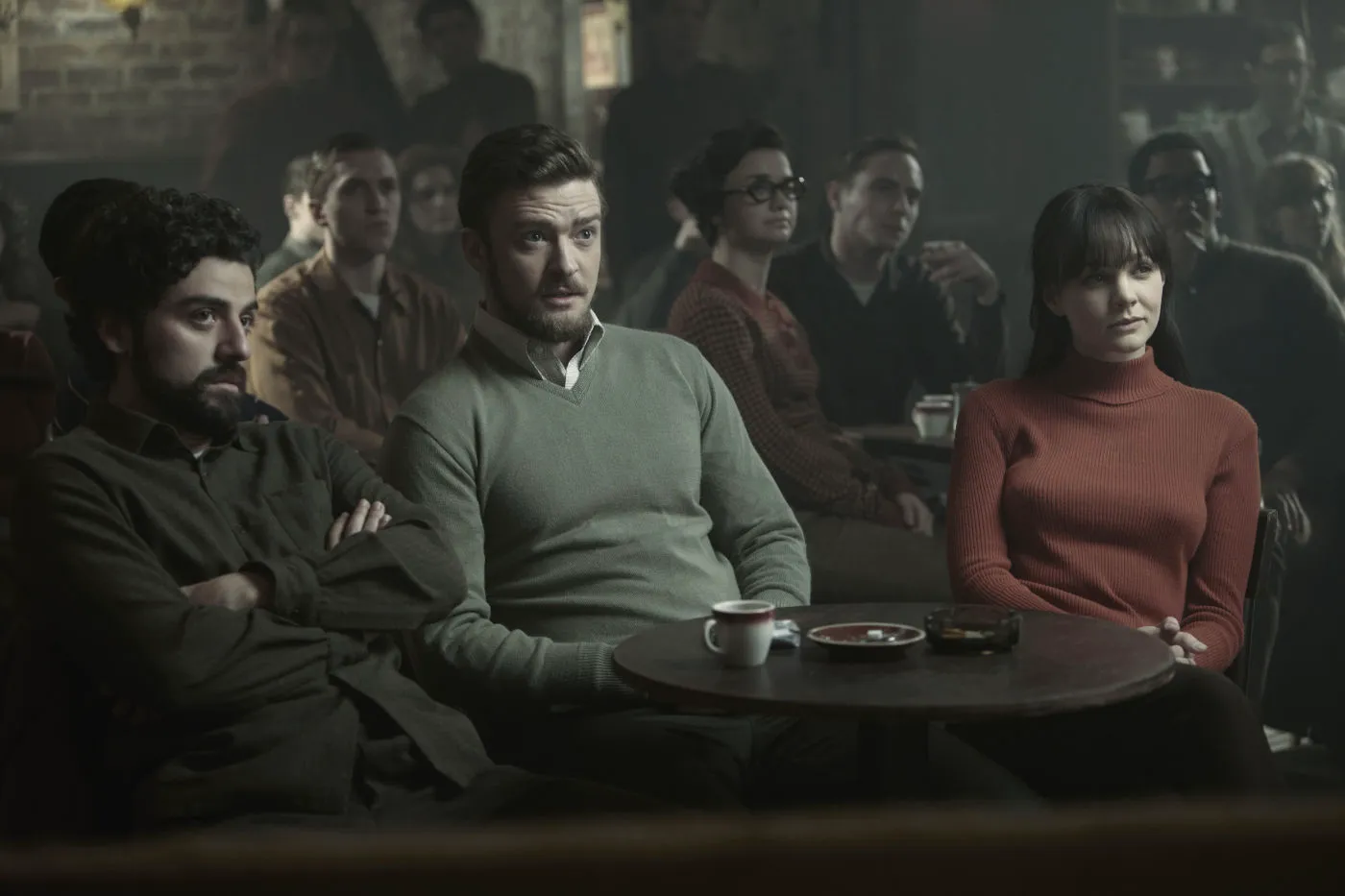
Llewyn Davis is a fictional character loosely based on the life and career of Dave Van Ronk, whose discography includes an album titled “Inside Dave Van Ronk.”
A Shift in Tone: From Mischief to Introspection
Looking back at the Coen brothers’ filmography, one can observe a shift from lighthearted mischief and enjoyment of life to a certain weariness and fascination with introspection. Films like “No Country for Old Men,” “True Grit,” and “A Serious Man” demonstrate the Coens’ increasing interest in exploring not just the immediate actions of their characters, but also their lingering impact. Legacy, re-evaluation of the past, and taking stock often become the leitmotifs of their later works. In “Inside Llewyn Davis,” this exploration of the past is particularly direct, as the directors transport the audience to the early 1960s, a time when the Coen brothers themselves were just children.
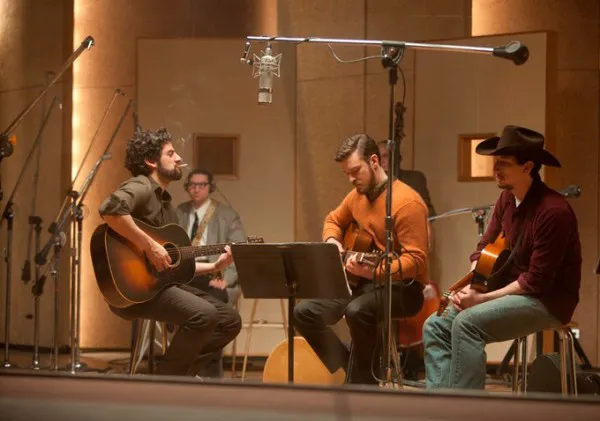
I appreciate the tendency in Hollywood cinema to delve into its recent past, to lament missed opportunities, and to immerse itself in a world without gadgets, social media, and the dominance of mega-corporations. It’s a chance to look back at the origins of culture, which is changing so rapidly that today’s twenty-five-year-olds already feel like old-timers when they look at the interests of teenagers. The Coens address the theme of the rise of folk music, those few years when the genre attracted many talented artists before almost disappearing, only to be reborn in new styles. However, in their film, folk music is merely a backdrop; the focus is on the individual, his attempts to find himself, to make a living, and to choose between following his dreams and a more grounded existence.
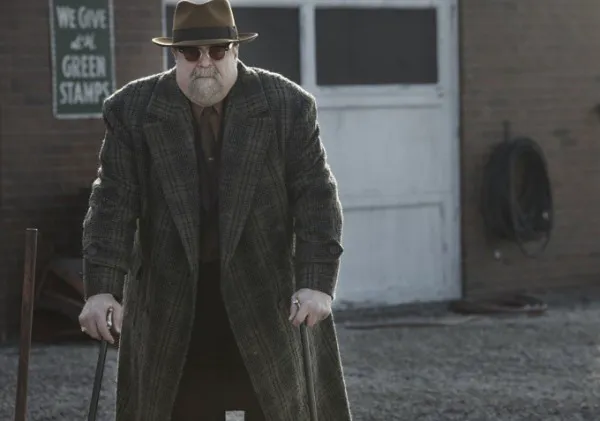
Oscar Isaac delivers a truly outstanding performance as Llewyn Davis, both as an actor and a musician. The film’s music producer, T-Bone Burnett, after watching Isaac’s audition, exclaimed, “This guy is better than most of the musicians I work with!”
The American Dream and a Stray Cat
Llewyn Davis is a typical working-class guy from Queens chasing the American dream. However, this dream constantly eludes him. It’s no coincidence that the Coens “rhyme” their protagonist’s life with that of a ginger cat that appears on Davis’s path from time to time. Like a cat chasing a sunbeam, the musician darts from one opportunity to another, grasping at straws, but increasingly losing faith in himself as those opportunities slip through his fingers. This story could be told about a struggling actor or athlete, but the music adds an extra dimension to the plot – it’s as unreliable as any other dream. It can lead you, but it leads you only on a path known to itself, and that path doesn’t always lead to wealth and fame.
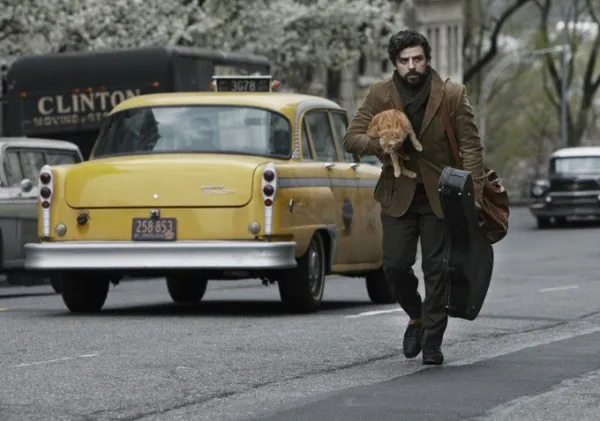
Despite the film’s departure from other Coen brothers’ works, it’s full of the directors’ and screenwriters’ signature touches: there are several shots of long, narrow corridors reminiscent of their earlier films, an almost obligatory Jewish dialogue, plenty of cursing and ridiculous situations that the characters get into out of stupidity and lack of foresight. There’s also another important Coen feature – incredibly vivid, unusual portrayals of familiar actors. How many times have we seen Isaac, but here he appears as a completely new person. When did Carey Mulligan grow up so much? What’s with Justin Timberlake’s ridiculous beard? Why does Garrett Hedlund look like he just stepped off the set of “On the Road”? Even John Goodman, whom we seem to know inside and out, appears in a new, completely unpredictable role. This ensemble cast delivers a true symphony, an incredible concert that encompasses and transports you 60 years back in time.
The melancholy that permeates every frame of the film has always suited the Coens. “Inside Llewyn Davis,” overflowing with this melancholy, may alienate some of their fans, but for true connoisseurs of thoughtful contemplation of a person, a time, an era, the film will serve as a sedative, a soft feather bed, protecting against the attacks of the frenzied modern world. It’s a slightly sad, but quite fair lesson that, alas, not all of us are destined to become Bob Dylans; some are doomed to remain inside Llewyn Davis, a man who lost his cat.